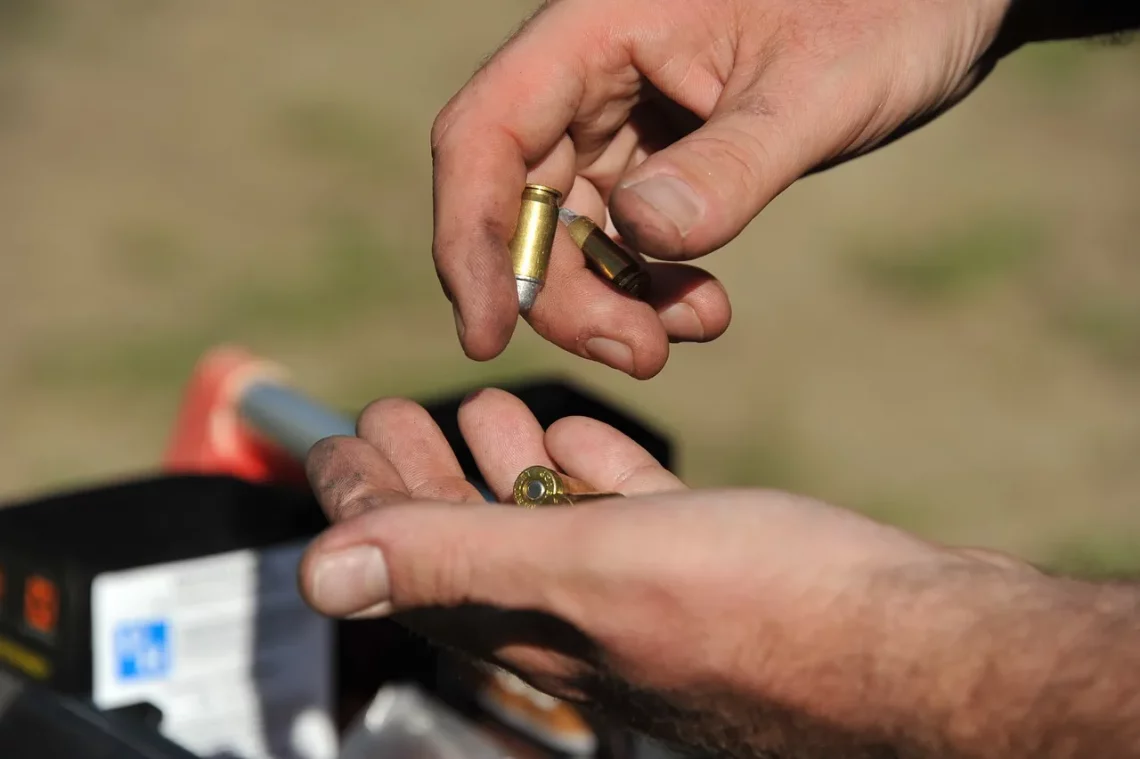
Can You Shoulder a Pistol Brace Legally and Safely?
The debate surrounding the legality and safety of shouldering a pistol brace has gained significant attention in recent years. As more gun owners look for ways to enhance their shooting experience, the use of pistol braces has become increasingly popular. These devices are designed to stabilize firearms, making them easier to handle and shoot accurately. However, the question of whether one can legally shoulder a pistol brace is a complex legal issue that hinges on various factors, including regulations, definitions, and interpretations by different authorities.
The rise of pistol braces has been fueled by a growing interest in personal defense and recreational shooting. Many gun enthusiasts appreciate the versatility that these braces add to their firearms, allowing for a more comfortable shooting experience. However, with this increased usage comes a need for clarity on the legal implications of shouldering a pistol brace. Legal definitions can vary significantly between jurisdictions, leading to confusion among gun owners.
Furthermore, safety is an essential consideration when using any firearm accessory. Understanding how to use a pistol brace correctly can play a crucial role in ensuring a safe shooting experience. As the landscape of firearm laws continues to evolve, it is vital for gun owners to stay informed about their rights and responsibilities. With this knowledge, individuals can make more informed decisions about how they use their firearms, ensuring compliance with the law while also prioritizing safety.
Understanding Pistol Braces and Their Purpose
At its core, a pistol brace is a device designed to assist shooters in stabilizing their firearms. Originally developed for individuals with disabilities, these braces allow users to fire pistols more effectively. The design typically includes a strap that can be secured to the arm, providing additional support and stability. This feature is particularly beneficial for those who may struggle with recoil management or aiming precision.
Pistol braces have evolved to become popular among a broader audience, including competitive shooters and recreational gun owners. They can enhance the overall shooting experience by allowing for better control and accuracy. This versatility has contributed to the widespread adoption of pistol braces in the firearms community.
However, the regulatory framework surrounding pistol braces can be somewhat ambiguous. The Bureau of Alcohol, Tobacco, Firearms and Explosives (ATF) has issued guidance on how these devices are classified. One critical factor is the distinction between a pistol and a short-barreled rifle (SBR). According to federal law, if a pistol brace is used in a manner that effectively converts the firearm into a shoulder-fired weapon, it may be classified as an SBR, which requires additional licensing and registration.
The key takeaway here is that the intent and manner of use are paramount. Gun owners must understand that while pistol braces are legal under certain circumstances, shouldering them can lead to legal complications. This distinction is crucial for anyone considering the use of a pistol brace, as it directly impacts their legal standing and the classification of their firearm.
The Legal Landscape of Pistol Brace Usage
The legal status of shouldering a pistol brace varies by jurisdiction and is subject to ongoing changes in legislation. As of now, the ATF has taken the position that shouldering a pistol brace may classify the firearm as a short-barreled rifle. This classification comes with stringent regulations, including registration under the National Firearms Act (NFA). It is essential for gun owners to be aware of these regulations to avoid potential legal repercussions.
In recent years, several court cases and legislative developments have further complicated the issue. Certain states have enacted their own laws regarding pistol braces, leading to a patchwork of regulations across the country. For instance, some states may have stricter definitions of what constitutes a pistol brace, while others may allow for more lenient interpretations.
Due to these complexities, gun owners must stay informed about the laws in their area. Engaging with local shooting communities, attending workshops, and consulting legal resources can provide valuable insights into the current legal landscape. Additionally, understanding the rationale behind these regulations can help gun owners navigate the legalities of their firearm accessories more effectively.
Moreover, the evolving nature of firearm legislation means that what is legal today may change in the future. It is advisable for gun owners to regularly review updates from the ATF and local authorities to ensure compliance. Staying informed not only protects individuals legally but also contributes to responsible gun ownership.
Safety Considerations When Using Pistol Braces
Regardless of the legal status, safety should always be a primary concern when handling firearms, including those equipped with pistol braces. Understanding how to use a pistol brace correctly can significantly impact a shooter’s overall safety and effectiveness. Proper training and education are essential components of safe firearm handling.
Firstly, users should familiarize themselves with the specific design and features of their pistol brace. Each model may have different installation methods, adjustment options, and operational guidelines. Reading the manufacturer’s instructions and seeking expert advice can help users maximize the benefits of the brace while minimizing risks.
Secondly, practicing proper shooting stance and grip is crucial. A pistol brace is designed to enhance stability, but it does not eliminate the need for good shooting fundamentals. Shooters should maintain a firm grip on the firearm, ensure a proper stance, and be aware of their surroundings while shooting. Regular practice at a range can help reinforce these skills.
Additionally, safety measures should be in place to prevent accidents. This includes using appropriate eye and ear protection, ensuring the firearm is unloaded when not in use, and following all safety protocols. Educating oneself about the specific risks associated with shouldering a pistol brace can help shooters make informed decisions about their usage.
Lastly, it is essential to be aware of one’s physical capabilities. Individuals with limited strength or mobility should consider whether using a pistol brace is appropriate for them. Consulting with experienced instructors or trainers can provide additional guidance on safe practices tailored to individual needs.
In conclusion, while pistol braces can enhance the shooting experience, understanding their legal implications and safety considerations is vital. Responsible gun ownership requires ongoing education, awareness, and adherence to laws and best practices.
**Disclaimer:** This article is for informational purposes only and should not be considered legal or medical advice. Always consult a qualified professional for specific legal matters or health concerns.




